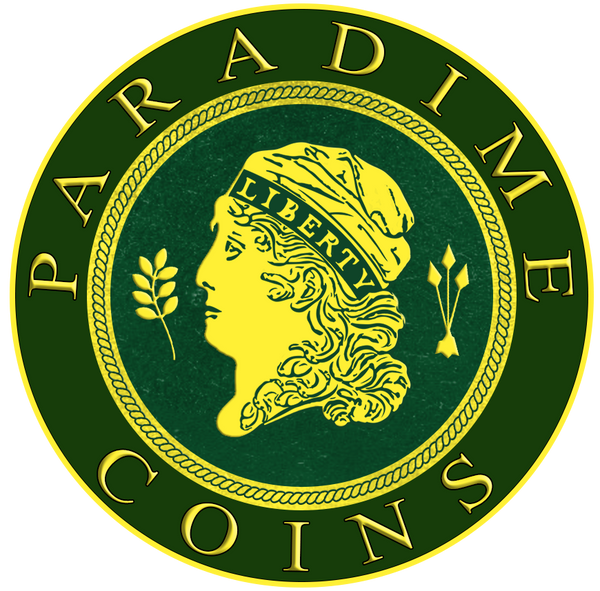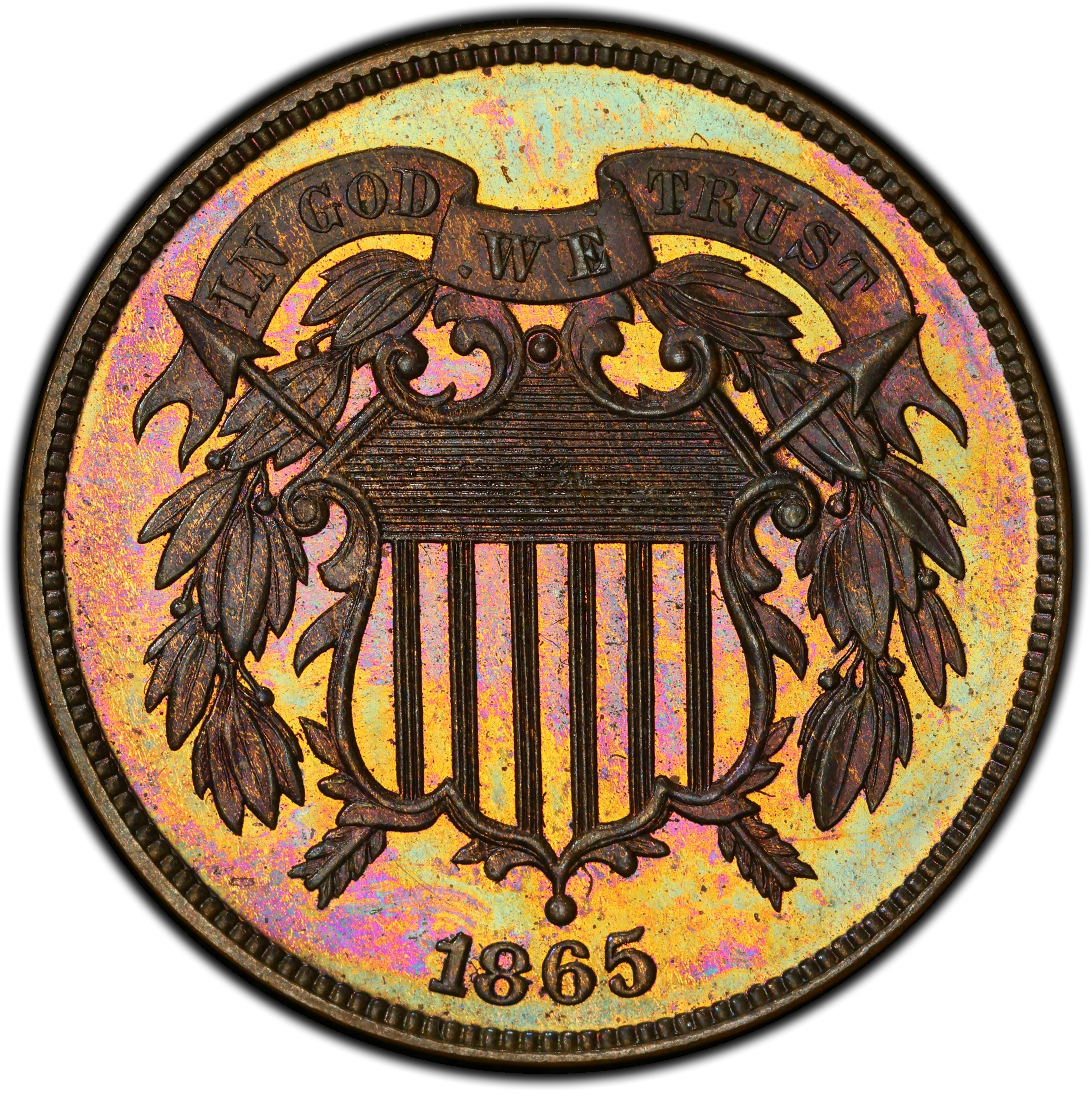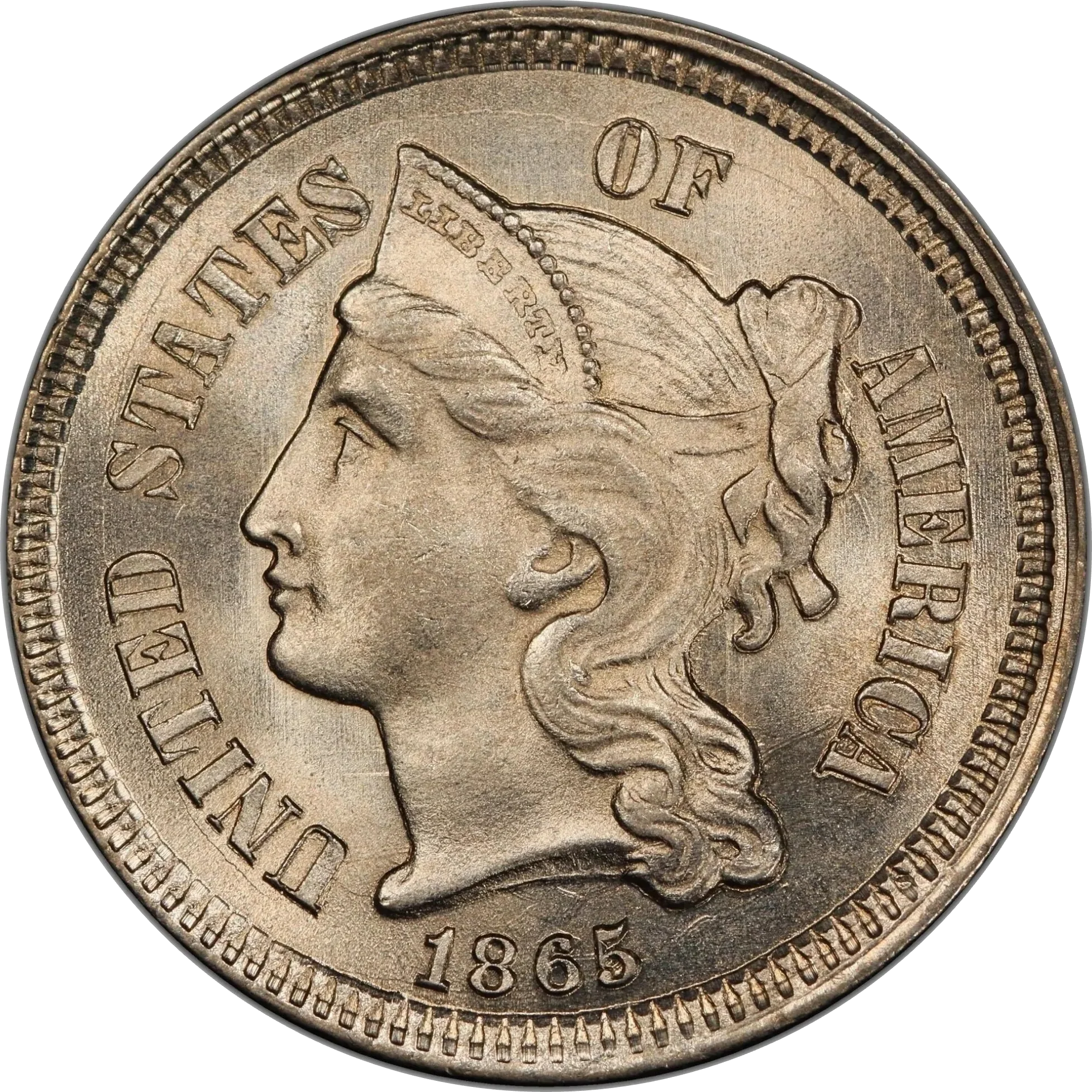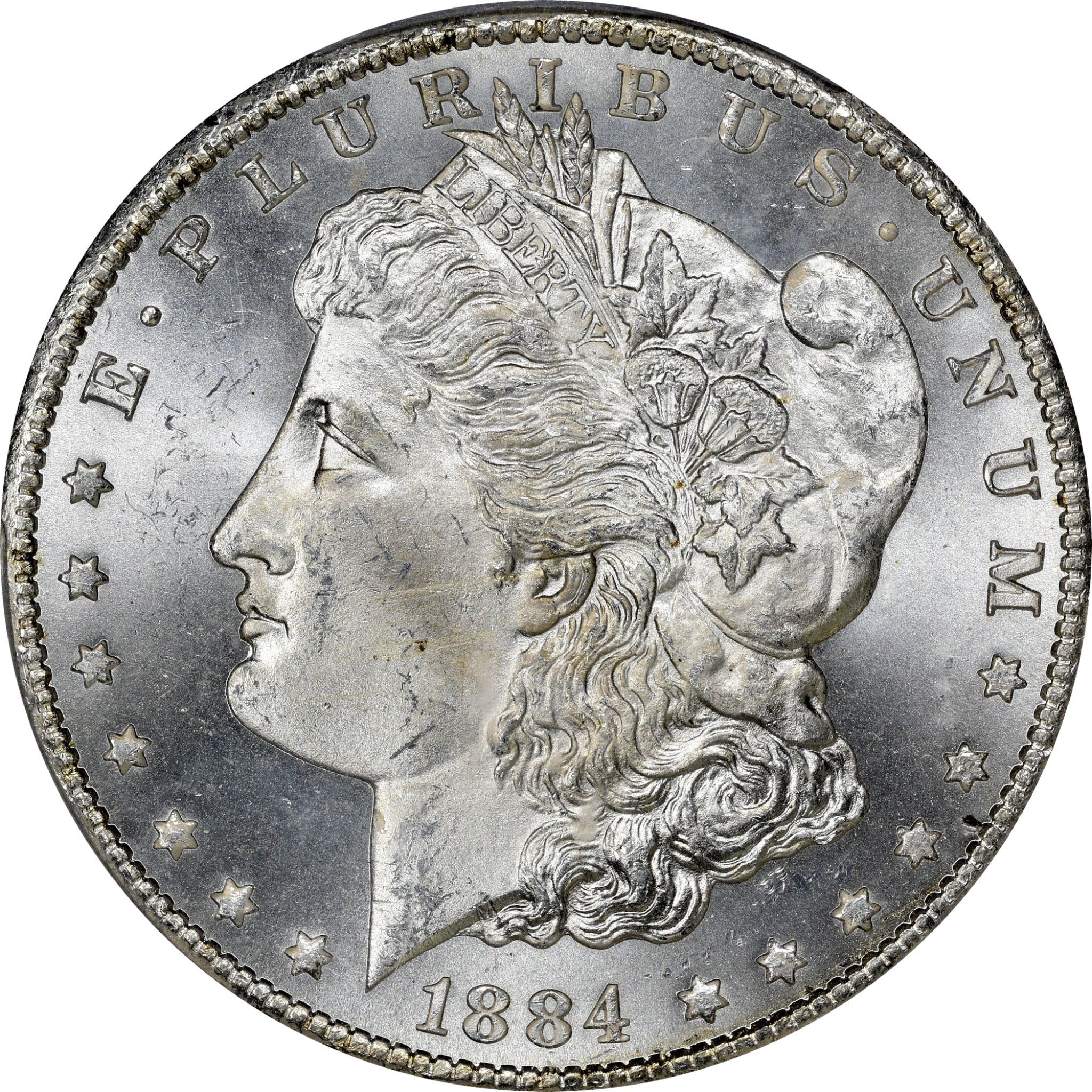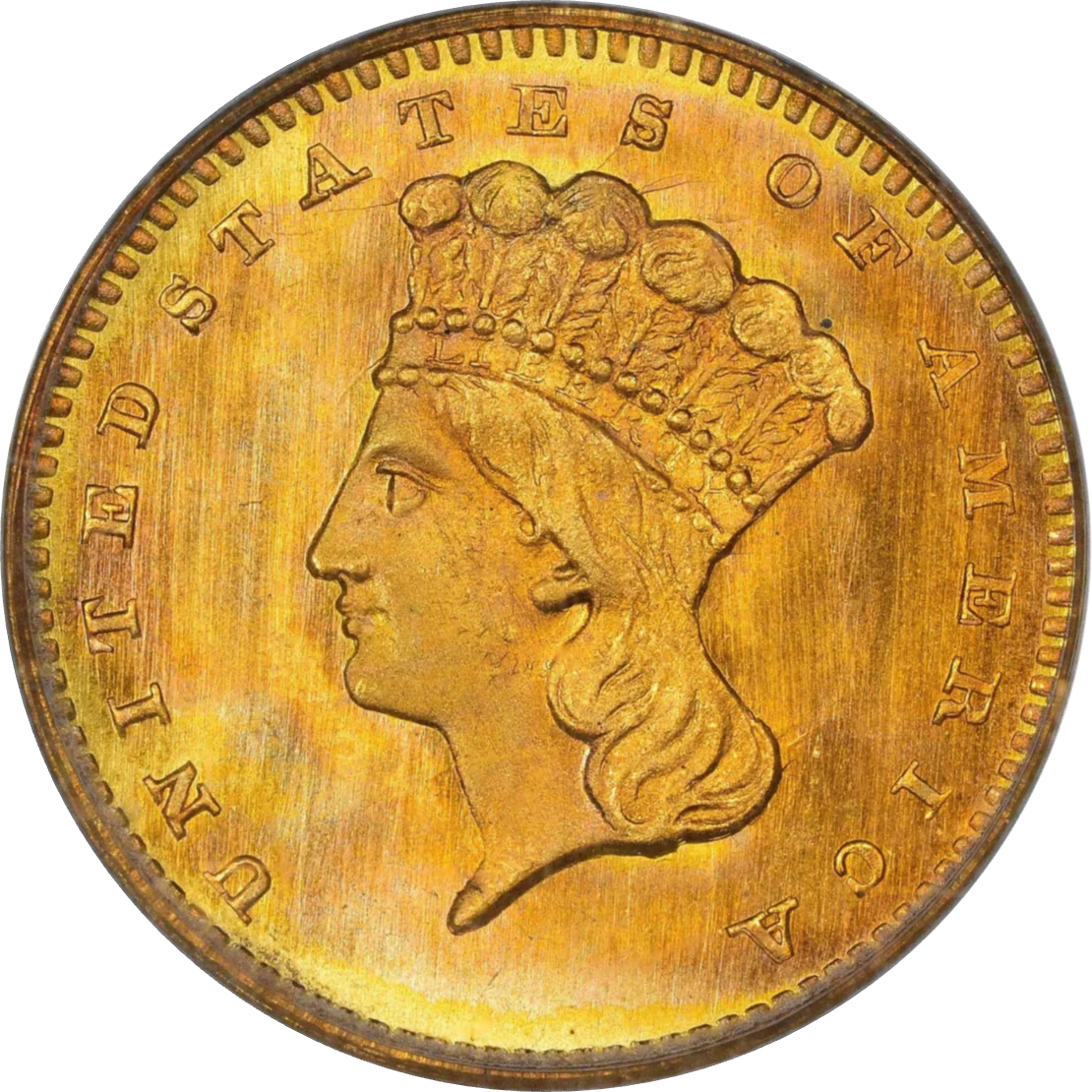Collection: Type 2, No Motto (1839-1866)
No products found
View All Inventory
Designed by: Christian Gobrecht
Issue Dates: 1838-1866
Composition: 90% gold, 10% copper
Diameter: 27 mm
Weight: 16.72 grams (258.02 grains)
Edge: Reeded
Business Strike Mintage: 5,292,499
Proof Mintage: 400 (estimated)
1838–1866 Liberty Head $10 Eagle – No Motto | Christian Gobrecht’s Early Coronet Design
The Liberty ... Read More
Designed by: Christian Gobrecht
Issue Dates: 1838-1866
Composition: 90% gold, 10% copper
Diameter: 27 mm
Weight: 16.72 grams (258.02 grains)
Edge: Reeded
Business Strike Mintage: 5,292,499
Proof Mintage: 400 (estimated)
1838–1866 Liberty Head $10 Eagle – No Motto | Christian Gobrecht’s Early Coronet Design
The Liberty Head Eagle, also known as the Braided Hair or Coronet Head Eagle, made its debut in 1838, featuring the artistic influence of Christian Gobrecht. This design marked the beginning of a new era in U.S. $10 gold coinage and was adopted two years earlier than on the quarter eagle and a year before the half eagle.
The obverse features a classical left-facing portrait of Miss Liberty, her hair tied in a bun with beaded detail and wearing a coronet inscribed LIBERTY. Thirteen stars encircle the design, and the date rests below. The reverse presents a bold Heraldic Eagle, perched on an olive branch and clutching three arrows, with a shield on its breast—an emblem of strength and preparedness. The inscriptions UNITED STATES OF AMERICA and TEN D. complete the outer legend.
Early issues from 1838 and part of 1839 show subtle variations in the Liberty portrait, especially in the shape of the neck truncation—making these types attractive to specialists. Mintages were continuous at the Philadelphia Mint, with additional production at the New Orleans and San Francisco mints. A number of scarce issues exist throughout the series, with the 1858 Philadelphia issue considered a significant rarity.
For type set collectors, examples from more common dates are readily available in grades from Very Fine to Extremely Fine. About Uncirculated coins are less frequently encountered, while true Uncirculated examples are scarce and in high demand. Superb Gems (MS65 and higher) are extremely rare and are typically seen only when major collections are offered at auction. Proof issues, struck at the Philadelphia Mint, are exceedingly rare and highly coveted among advanced numismatists.
Whether you're a collector of classic U.S. gold or assembling a type set of early eagles, the 1838–1866 Liberty Head $10 Eagle (No Motto) stands as a cornerstone of 19th-century American numismatics—rich in history, artistry, and collector appeal.
... Read Less